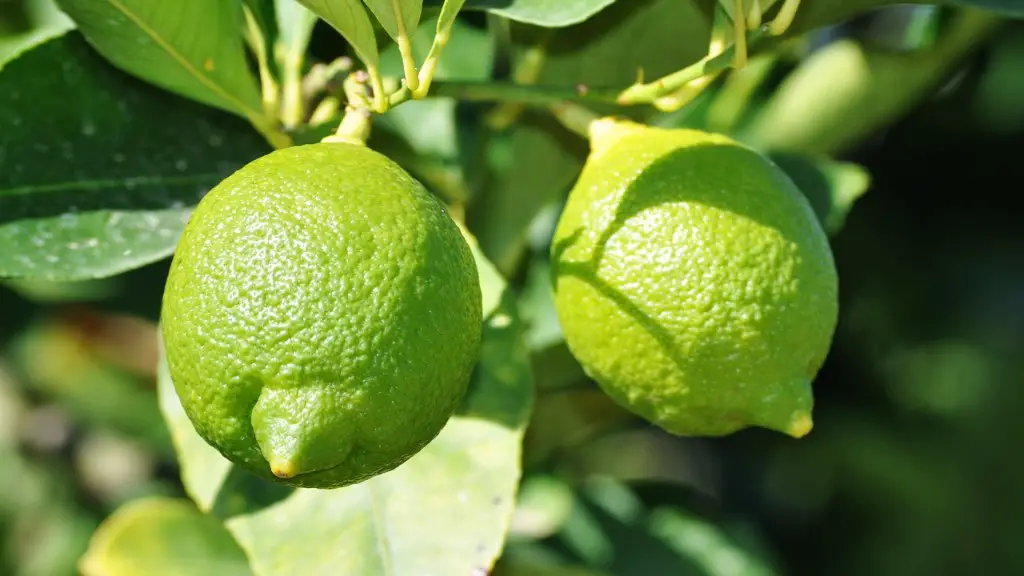Materials and Equipment
Cloning a mature avocado tree requires several materials and equipment, in addition to basic gardening tools such as a trowel, scissors, and pruner. Before starting the cloning process, you’ll need to purchase rooting hormone, also referred to as growth enhancer, and a rooting medium such as peat moss or vermiculite. A 2 liter plastic or glass container with a lid is also needed. It’s important to purchase hormone and medium that is specifically formulated for cloning an avocado tree, as these materials help provide the tree with the nutrients necessary to grow strong and healthy.
Tips When Selecting a Root Stock
When selecting a root stock for cloning an avocado tree, it’s important to choose one that is healthy and free of weeds, pests, and disease. Also, make sure the root stock has several main branches that can be used for new growth. It’s important to choose a root stock with a high rooting potential, as this will help ensure the successful propagation of the avocado tree.
Cloning Process
Once you’ve selected a root stock, you can begin the cloning process. The first step is to select a stem from the root stock that is strong and healthy. It should be at least 5 inches long and have several leaves. After the stem has been cut from the root stock, you’ll need to apply rooting hormone to the end of the stem. Typically, you should apply the hormone to a few inches of the stem.
Next, you’ll need to fill the container with the rooting medium. The container should be filled up to the rim. You’ll then need to take the stem of the avocado tree and make a small hole in the medium with a trowel. Place the stem in the hole and cover it completely with the medium. Once the stem is in place, cover the container with the lid and place it in a warm and sunny area.
Providing Moisture
To keep the rooting medium consistently moist, you should mist it often. It’s important to make sure the rooting medium is not too wet, as this can cause the stem to rot and hinder the growth of the tree. You can also place a piece of damp cloth over the container to provide the medium with additional moisture.
Checking For Rooting
In order to check if the tree has successfully rooted, you can gently tug the stem. If it holds in place, it means that the roots have successfully taken hold in the medium. Once the tree has rooted, carefully remove it from the container and transfer it to its new pot.
Care and Maintenance
To ensure a healthy avocado tree, it’s important to provide the tree with enough sunlight and nutrient-rich soil. Planting the tree in a well-drained, sunny spot will help promote vigorous growth. To provide additional nutrients, you can use a water-soluble fertilizer that is specifically formulated for avocado trees. Additionally, the tree should be watered regularly and the soil should be monitored for adequate moisture.
Pruning
It’s important to prune the tree regularly in order to promote healthy growth. When pruning, make sure to remove any weak and damaged branches, as well as any that are crossing over each other. Doing this will help promote a strong and healthy avocado tree.
Controlling Diseases & Pests
In order to protect the tree from diseases and pests, it’s important to inspect it regularly. If any signs of disease or pest infestations are noticed, it’s important to take action immediately in order to prevent a serious infestation. Additionally, using organic insecticides and fungicides can help control pests and diseases.
Protection from Frost & Cold Weather
Avocado trees are sensitive to frost, so it’s important to make sure the tree is protected during cold weather. Providing adequate shelter during the winter months will help ensure a healthy and thriving avocado tree.
Harvesting & Storage
When harvesting avocados, you’ll need to wait until they are fully ripe and golden in color. Once harvested, the avocados can be stored in a cool, dry place or in the refrigerator for up to a week.
Environmental Conditions
In order for an avocado tree to thrive, it needs to be planted in an area with plenty of sunlight and adequate ventilation. Additionally, the soil needs to be well-drained so that the roots don’t become soggy.
Botany and Varieties of Avocados
Avocados are a type of flowering tree that belongs to the Lauraceae family. Within this family there are numerous species of avocado trees and over 500 varieties, ranging in size, color, flavor and texture. The most common variety is the Hass avocado, which is known for its dark, bumpy skin and creamy flesh.
Nutritional Value
Avocados are highly nutritious, containing a wide range of essential vitamins and minerals. They’re a great source of monounsaturated fat and dietary fiber, as well as vitamin E, potassium and folate. Avocados also contain phytochemicals, which are beneficial compounds that can help protect the body from disease.
Uses of Avocado
Avocados are widely used in both savory and sweet dishes. They make a great addition to salads, sandwiches, burgers and smoothies. They can also be used to make guacamole, salsa, ice cream and other delicious desserts. Avocados are also commonly used as a replacement for butter or oil in baking, as they provide a rich, creamy texture.


